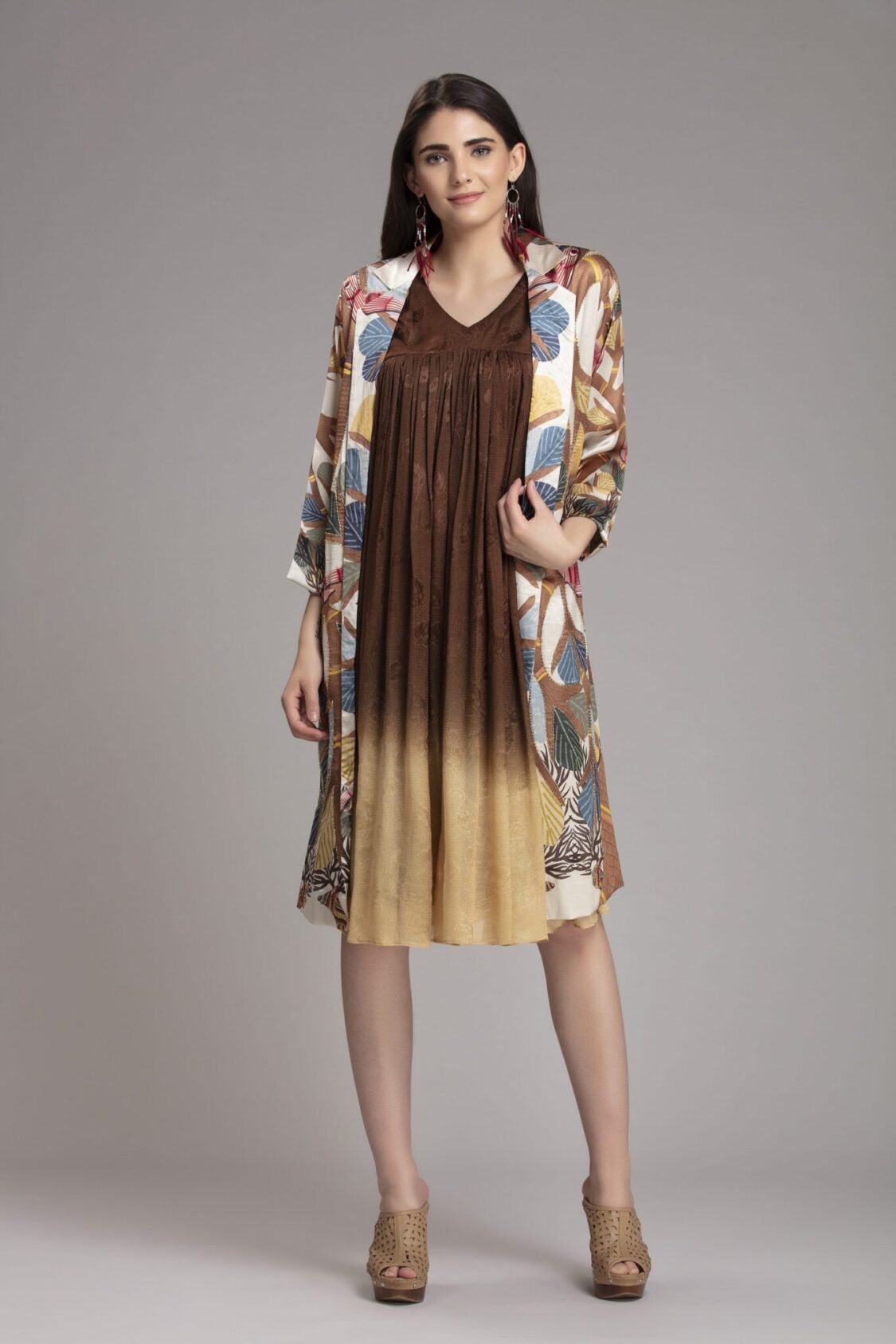GOND ART
The Vibrant Folk and Tribal Art of India
“Viewing a good painting begets good luck.” This inherent belief forms the basis of a beautiful tribal art called the gond art that represents the ancient art forms of Madhya Pradesh.
The indigenous art form of the gonds derives its name from the Dravidian experession, ‘kond’, meaning green mountains, which they capture their everyday life, celebrations, rituals, and the local flora and fauna.


Once Upona Time..
Storytelling is one of the oldest human activities, possibly as old as language itself.
So who was the first to tell a tale?
The real question may be how can one not tell stories? Every conversation is rife with information-packed stories of what the teller has been doing recently. People share stories they have heard from others, retell stories they have read, and even rehash things they have seen on television. Anyone who chooses to formalize this sharing takes on the role of the “Storyteller.”



Gond Art
A striking feature of the art is the use of repetitive patterns to fill up the colored surfaces. Textured with Dots and Dashes, these perky images seem to have a life of their own.
Different types of patterns are used to in-fill the outlines of key elements. Artists usually have their own distinctive pattern, which is their signature style.
Leafy trees, birds, deer with antlers that appear entwined with the branches, snakes, cattle, and birds merging with the branches, snakes, cattle, and birds merging with each other, images of gods and goddesses, women collecting colorful flowers from some of the recurring motifs in these Gond Art Painted dresses.

Gond Art
The journey of the Gond Art Painted dress
I traveled to a small excluded village ‘Patanghar’, the 23rd least populous village, located in majhgawan sub-district of Satana district in the state of Madhya Pradesh in India.





